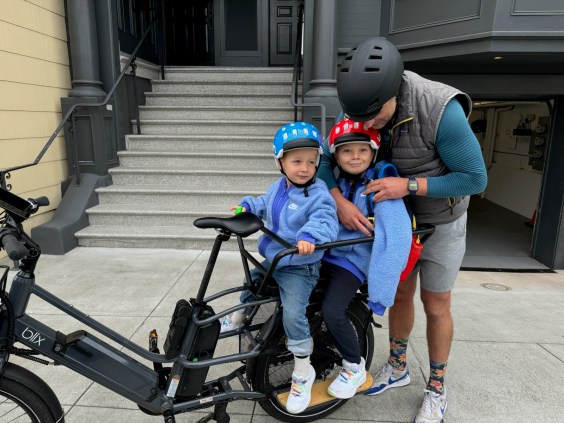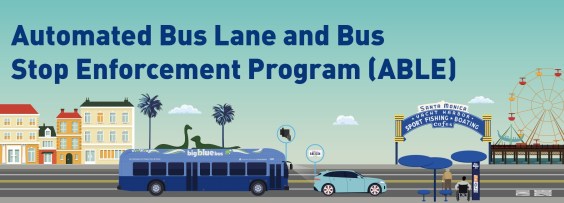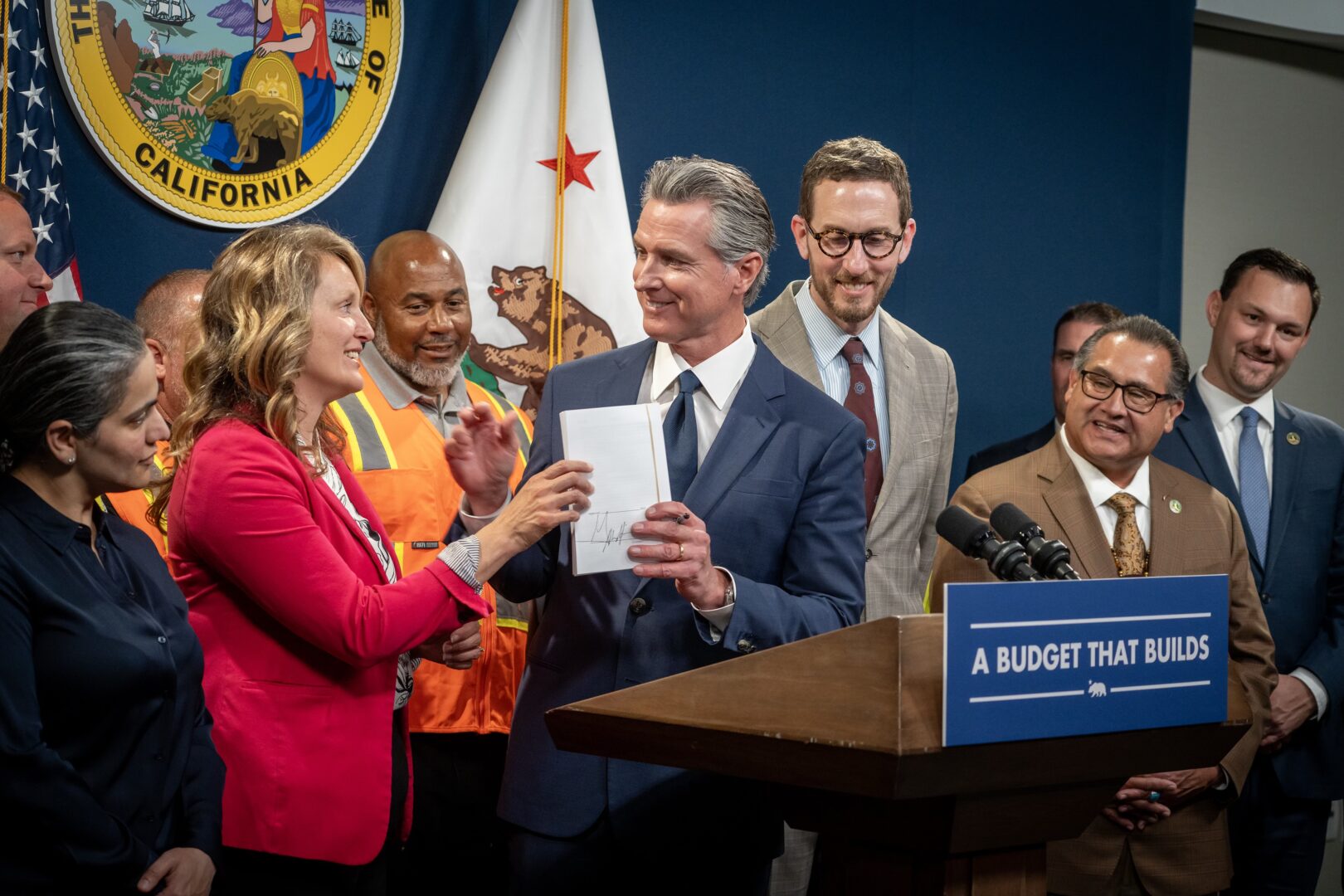What vehicle produces no emissions, uses no fossil fuels, is easily maintained, costs little, gets you where you want to go quickly, and improves your health?
Well, obviously, a bicycle.
So why doesn't the California Air Resources Board (ARB), which is spending millions of dollars on incentives and rebates to get people to buy zero-emission vehicles, offer anything similar to encourage people to buy bicycles?
The California Bicycle Coalition asked that question. Now it's joining with several partners to ask the ARB to create a Bicycle Purchase Incentive Pilot Program as part of its ongoing vehicle rebate program.
CalBike proposes offering rebates for
half of the cost of bikes that are commonly used for commuting, up to a maximum rebate of $500. Under the program, California would pay for half the cost of cargo bikes, electric bikes, folding bikes, bike-share, and other utilitarian bicycles used for everyday transportation.
The proposed cost of the program, $10 million, is peanuts next to the $206 million ARB gives out through its Clean Vehicle Rebate Project (CVRP). And that $10 million would buy a lot more vehicles—bicycles—than the CVRP can.
And anyway, half of the CVRP rebates have gone to households with incomes over $150,000, according to testimony from the ARB's Alberto Ayala at a legislative hearing last week on State Environmental Incentives for Low- and Moderate-Income Families. Those generally aren't the households that need help making car payments.
ARB has tried to find ways to get incentives into the hands of people who really need the money. For example, it instituted an income cap for people receiving electric vehicle rebates—but at $250,000 for one-person households that cap is close to meaningless. ARB also adjusts rebate amounts according to income level, but Ayala admitted that it's been a struggle to bring low-income people into the program. Even the pilot Plus-Up Program, which is specifically targeted at low- and moderate-income people, leaves the average participant with out-of-pocket costs of $12,000 after the rebate, according to Ayala.
$500 for a bike would be a lot easier to come up with.
Ayala testified that the CVRP's priority, based on public input when it was being formed, is “the transformation of the fleet.” ARB has focused on accelerating the market for zero emission cars by encouraging people to buy, and manufacturers to make, as many different models as possible. Low production means high costs, and ARB is hoping the rebate programs will be a factor in driving down prices so that in the future they are not needed.
CalBike sees the same promise for bicycles, especially e-bikes and cargo bikes. “Providing subsidies for bicycle purchases would increase the affordability of these high-quality, zero-emission vehicles and stimulate the market for bicycles, especially for emerging technologies in electric-assist bicycles and cargo bicycles, continuing to drive down prices,” says CalBike's letter to ARB.
Our proposal leverages the existing, successful “Increased Incentives for Public Fleets Project” which encourages public agencies to turn over their automobile fleets to electric vehicles by encouraging them to replace many of those vehicles with high-quality utilitarian bicycles, getting greater value for each dollar invested in greenhouse gas reduction.
A high-quality bike that can replace car trips—including electric bicycles, cargo bikes, folding bicycles, and other commuter-style bicycles—can cost $1,000 or more, which is a real cost barrier for low-income consumers and for families that need multiple bicycles. The CalBike proposal is careful to make sure its benefits will go where needed. It calls for income eligibility requirements, for example, and for expanding bike-share systems into low-income communities, and for corporate or public agency fleets that are located in disadvantaged communities.
CalBike has been suggesting this program to the ARB informally for a number of months, as part of the ongoing public input process on ARB's emission reduction programs. There hasn't been much response, so the group has drafted a letter and is gathering partners in a coalition to present the idea formally to ARB in the next week or so.
You can support the idea by signing on here.






